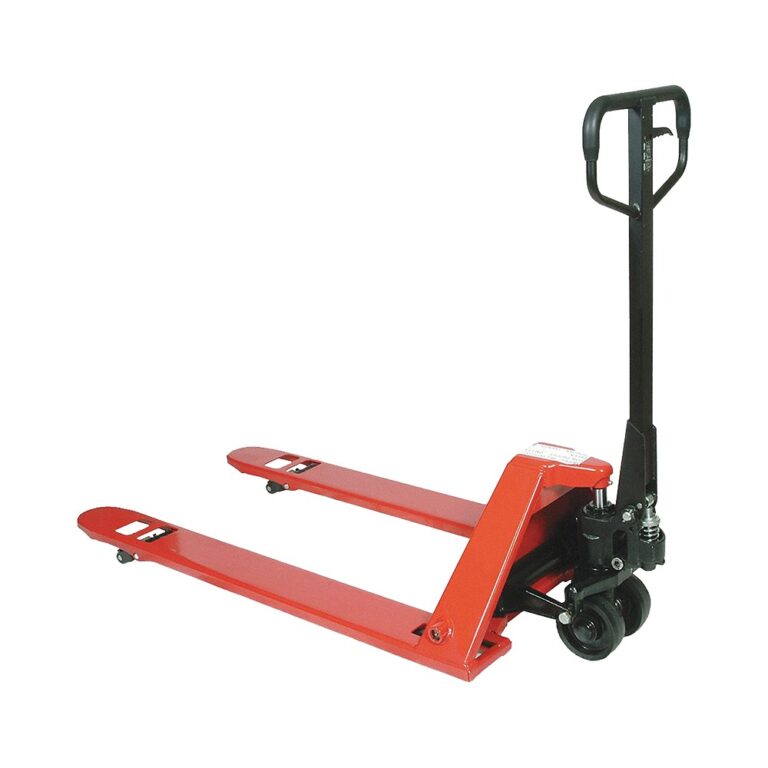A Beginner’s Guide to Ammunition Reloading
For many firearm enthusiasts, shooting is more than just a hobby; it’s a craft that demands precision, patience, and a deep understanding of mechanics. If you’re looking to take your passion to the next level, ammunition reloading—the process of assembling your own cartridges—is a rewarding skill to master. It offers a unique combination of hands-on work and technical knowledge that can transform your shooting experience.
This guide will walk you through the essentials of ammunition reloading. We’ll cover the core benefits, the equipment you’ll need, a step-by-step process for getting started, and crucial safety precautions. By the end, you’ll have a clear roadmap to begin reloading your own ammunition with confidence.
Why Should You Reload Your Own Ammunition?
Reloading spent casings might seem like a lot of work, but the advantages are significant. Shooters who invest in this practice often find it becomes an indispensable part of their hobby. Here are the three primary benefits:
1. Cost Savings
One of the most compelling reasons to start reloading is the potential for significant cost savings. Factory-made ammunition can be expensive, especially for avid shooters or those using less common calibers. By reusing your brass casings—the most expensive component of a cartridge—you can cut your ammunition costs by more than 50%. While there’s an initial investment in equipment, the savings quickly add up, allowing you to shoot more often without breaking the bank.
2. Customization for Performance
Ammunition reloading gives you complete control over every variable of your cartridge. You can experiment with different types of bullets, powders, primers, and seating depths to create a load that is perfectly optimized for your specific firearm. This level of customization allows you to fine-tune your ammunition for different purposes, whether you need maximum velocity for long-range shooting, reduced recoil for competitions, or a specific projectile for hunting.
3. Improved Accuracy
The ability to customize your loads directly translates to improved accuracy. Mass-produced factory ammunition is designed to function reliably in a wide range of firearms, but it’s rarely a perfect match for any single one. By tailoring your ammunition to your rifle or pistol, you can achieve a level of consistency that factory loads can’t match. Many competitive shooters and precision marksmen rely on hand-loaded ammunition to get the tightest possible groups and gain a competitive edge.
Essential Reloading Equipment
Getting started with ammunition reloading requires a specific set of tools. While it may seem like a lot at first, each piece of equipment serves a critical function in creating safe and reliable cartridges. You can find a comprehensive selection of high-quality gear at https://www.xxlreloading.com, a trusted resource for reloaders.
Here’s a list of the essential equipment you’ll need:
- Reloading Press: This is the centerpiece of your reloading bench. It provides the leverage needed to resize cases, seat primers, and seat bullets. Presses come in single-stage, turret, and progressive models.
- Reloading Dies: You’ll need a set of dies for each caliber you plan to reload. A typical set includes a sizing/de-priming die and a bullet seating die.
- Powder Measure: This tool dispenses a consistent volume of gunpowder for each cartridge, ensuring uniformity from one round to the next.
- Powder Scale: A precise scale is non-negotiable for safety. It’s used to verify the weight of your powder charges and ensure they are within safe limits.
- Priming Tool: While some presses have a built-in priming function, many reloaders prefer a separate hand-priming tool for better feel and consistency.
- Case Trimmer: Fired cases can stretch. A case trimmer is used to trim them back to a safe, uniform length.
- Calipers: A good pair of digital or dial calipers is essential for measuring case length, cartridge overall length (COAL), and other critical dimensions.
- Reloading Manual: This is your most important tool. A reloading manual from a reputable source provides tested load data, instructions, and safety guidelines.
The 5 Steps of Ammunition Reloading
Once you have your equipment set up, you can begin the reloading process. Follow these steps methodically and double-check your work at each stage.
Step 1: Case Preparation
The process starts with your fired brass casings.
- Inspect: Carefully examine each case for signs of damage, such as cracks, splits, or deep dents. Discard any cases that are not in good condition.
- Clean: Clean the cases to remove dirt and carbon buildup. A tumbler is the most common tool for this job.
- Lube and Resize: Apply a thin layer of case lube to the outside of the case. Then, run it through the sizing die in your press. This process resizes the case back to its correct dimensions and removes the old, spent primer.
- Trim: Measure the case length with your calipers. If it exceeds the maximum length specified in your reloading manual, use a case trimmer to shorten it.
Step 2: Priming
The primer is a small, explosive component that ignites the gunpowder.
- Clean Primer Pocket: Use a primer pocket cleaning tool to remove any residue from the primer pocket.
- Seat the New Primer: Using your priming tool, carefully press a new primer into the primer pocket until it is seated just below the case head.
Step 3: Powder Charging
This is the most critical step for safety.
- Consult Your Manual: Refer to your reloading manual for the correct powder type and charge weight for your chosen bullet and caliber.
- Set Your Powder Measure: Adjust your powder measure to dispense the target charge weight.
- Verify the Charge: Use your powder scale to weigh every charge, especially when you are starting out. Never exceed the maximum recommended charge.
- Charge the Case: Dispense the measured powder charge into each primed case.
Step 4: Bullet Seating
In this step, you will seat the bullet into the case mouth.
- Set the Seating Die: Adjust your bullet seating die to the correct seating depth. This determines the cartridge’s overall length (COAL), which is a critical dimension for safety and accuracy.
- Seat the Bullet: Place a bullet on the case mouth and run the cartridge into the seating die. The die will press the bullet into the case to the predetermined depth.
Step 5: Crimping (Optional)
Crimping secures the bullet in the case mouth. For most rifle cartridges, a crimp is not necessary unless the firearm has a tubular magazine.
- Adjust the Die: If a crimp is needed, adjust your seating die (or use a separate crimp die) to apply a slight roll or taper crimp to the case mouth.
Always Prioritize Safety
Ammunition reloading is a safe hobby when done correctly, but it involves handling explosive components. Always follow these safety rules:
- Wear Safety Glasses: Protect your eyes from primers and other potential hazards.
- Work in a Well-Ventilated Area: Gunpowder and cleaning solvents can produce fumes.
- Eliminate Distractions: Focus completely on the task at hand.
- Follow Load Data Exactly: Never deviate from the recipes in your reloading manual. Start with the minimum recommended charge and work your way up slowly.
- Keep Components Separate: Store primers and powder in their original containers, away from heat, sparks, and open flames.
Your Journey to Better Shooting
Getting started with ammunition reloading can feel like a significant undertaking, but the rewards are well worth the effort. By taking the time to learn the process and invest in the right equipment, you gain a new level of control over your shooting performance. The knowledge and skill you develop will not only make you a better shooter but also deepen your appreciation for the art and science of firearms.
For comprehensive load data and expert resources, visit https://www.xxlreloading.com. Their extensive database and tools can help you find the perfect load and continue your journey in the world of reloading.
Disclaimer:
The information provided in this guide is for educational purposes only. Ammunition reloading involves the use of explosive components and must be performed with strict attention to safety. Always follow the instructions and load data from reputable reloading manuals and manufacturers. The author and publisher are not responsible for any accidents, injuries, or damages resulting from the use or misuse of the information provided. Laws regarding firearms and ammunition vary by location—ensure you comply with all local, state, and federal regulations before engaging in reloading activities. Always prioritize safety and proper training.






